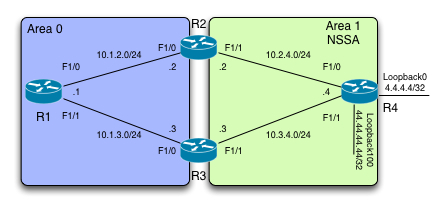Revisited: Layer-2 DCI over VXLAN
I’m still getting questions about layer-2 data center interconnect; it seems this particular bad idea isn’t going away any time soon. In the face of that sad reality, let’s revisit what I wrote about layer-2 DCI over VXLAN.
VXLAN hasn’t changed much since the time I explained why it’s not the right technology for long-distance VLANs.
Read more ... CC BY-SA 2.0 by
CC BY-SA 2.0 by 

